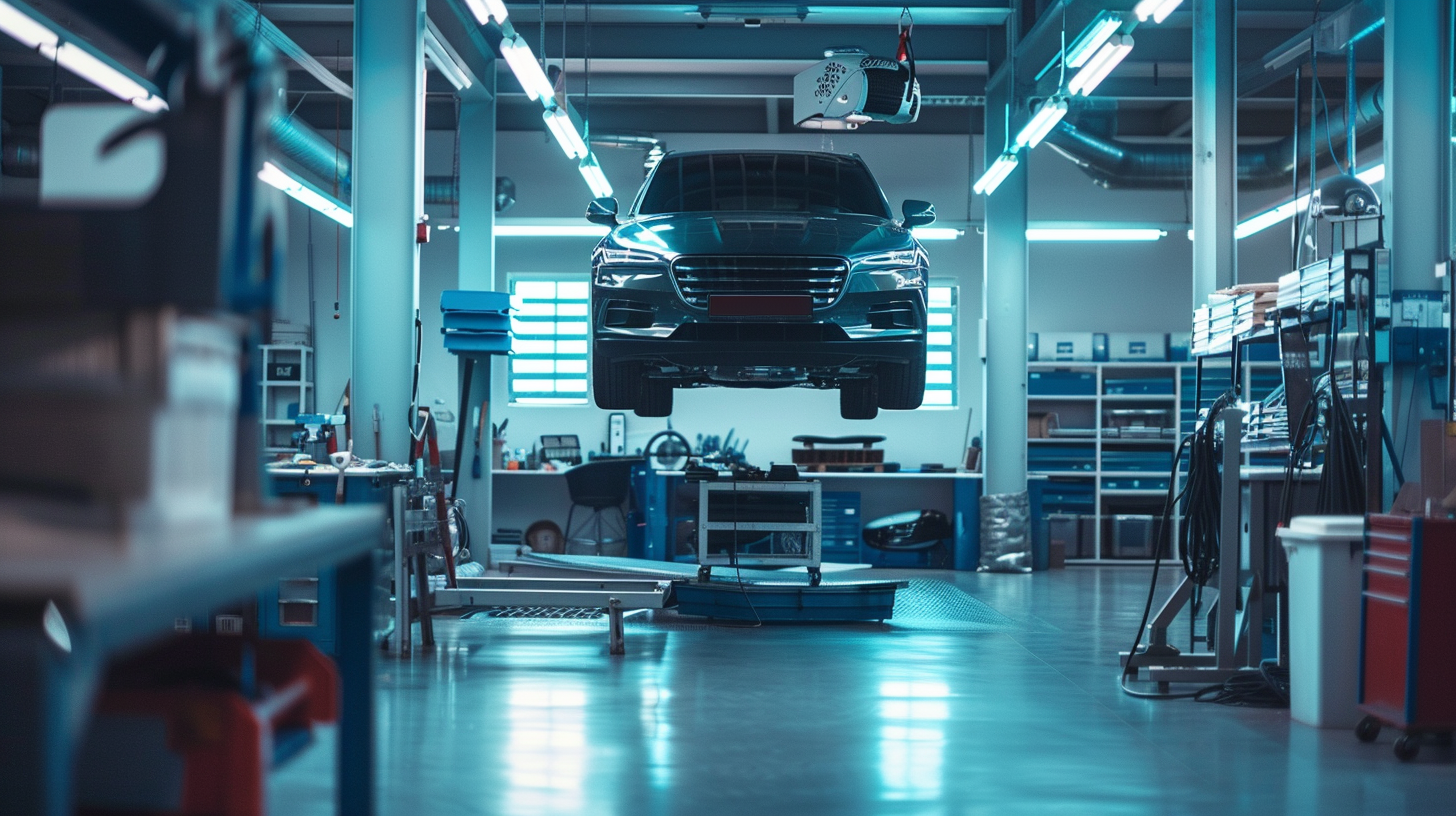The engine is the heart of your vehicle, and when it malfunctions, identifying the root cause can be incredibly complex. Modern car service stations (STOs) are equipped with advanced diagnostic tools and highly trained technicians capable of accurately pinpointing engine issues, ensuring precise and reliable repairs. This is where “service you can trust” truly shines.
The Complexity of Modern Engines: Today’s engines are not just mechanical marvels; they are integrated systems controlled by sophisticated onboard computers (ECUs – Engine Control Units). These ECUs monitor hundreds of sensors, manage fuel injection, ignition timing, emissions, and much more. When something goes wrong, it often triggers a “Check Engine Light” (CEL) or “Malfunction Indicator Lamp” (MIL).
The Diagnostic Process at a Trustworthy STO:
- Reading Diagnostic Trouble Codes (DTCs):
- First Step: When the Check Engine Light illuminates, the STO connects a specialized scanner (OBD-II scanner for modern vehicles) to your car’s diagnostic port.
- Information Gathering: This retrieves specific DTCs (e.g., P0420 for “Catalyst System Efficiency Below Threshold”) which point to a particular system or component.
- Beyond the Code: A code is merely a starting point. It doesn’t always indicate the exact faulty part. For example, a code indicating an oxygen sensor fault might actually be caused by a vacuum leak, not the sensor itself.
- Advanced Diagnostic Testing:
- Live Data Analysis: Technicians monitor real-time data from various engine sensors (e.g., oxygen sensor readings, fuel trim, engine temperature, RPM) to identify abnormal patterns.
- Sensor Testing: Using multimeters, oscilloscopes, and specialized tools to test the functionality of individual sensors, actuators, and electrical circuits.
- System-Specific Tests: Performing compression tests, leak-down tests, fuel pressure tests, or smoke tests to locate vacuum leaks or internal engine issues.
- Visual Inspection: A thorough visual inspection for loose hoses, frayed wires, leaks, or visible damage.
- Accurate Problem Identification:
- Expert Interpretation: This is where the technician’s experience and training become critical. They combine DTCs, live data, test results, and their knowledge of common vehicle issues to accurately diagnose the problem.
- Avoiding “Parts Swapping”: A trustworthy STO diagnoses the root cause rather than simply replacing parts based solely on a diagnostic code, which can be costly and ineffective.
Common Engine Repairs:
- Ignition System: Spark plugs, ignition coils, spark plug wires.
- Fuel System: Fuel injectors, fuel pump, fuel filter, mass air flow (MAF) sensor.
- Emission System: Oxygen sensors, catalytic converter, exhaust gas recirculation (EGR) valve.
- Timing System: Timing belt/chain, variable valve timing components.
- Sensor Replacement: Crankshaft position sensor, camshaft position sensor, engine temperature sensor, etc.
- Internal Engine Repairs: For more severe issues, such as head gasket replacement, piston ring replacement, or full engine overhaul (though less common for minor issues).
A reputable STO provides clear explanations of the diagnostic findings, offers transparent repair options, and ensures that the repairs address the actual problem, restoring your engine’s performance, fuel efficiency, and reliability. This meticulous approach to engine diagnostics is a cornerstone of service you can trust.



Leave a Reply